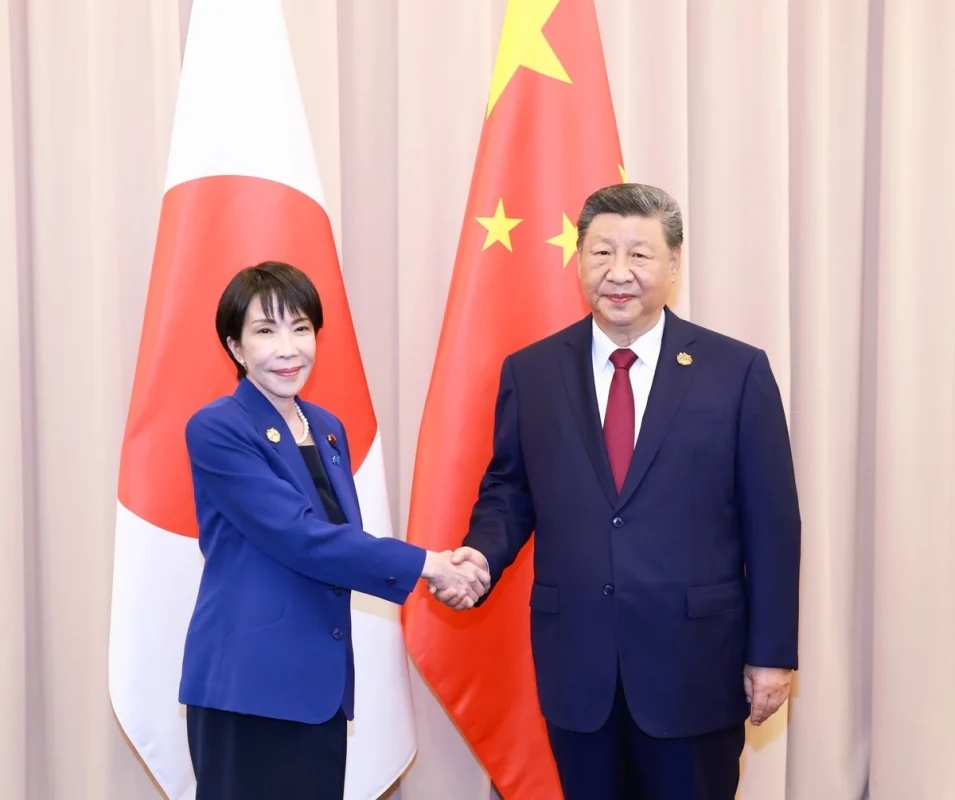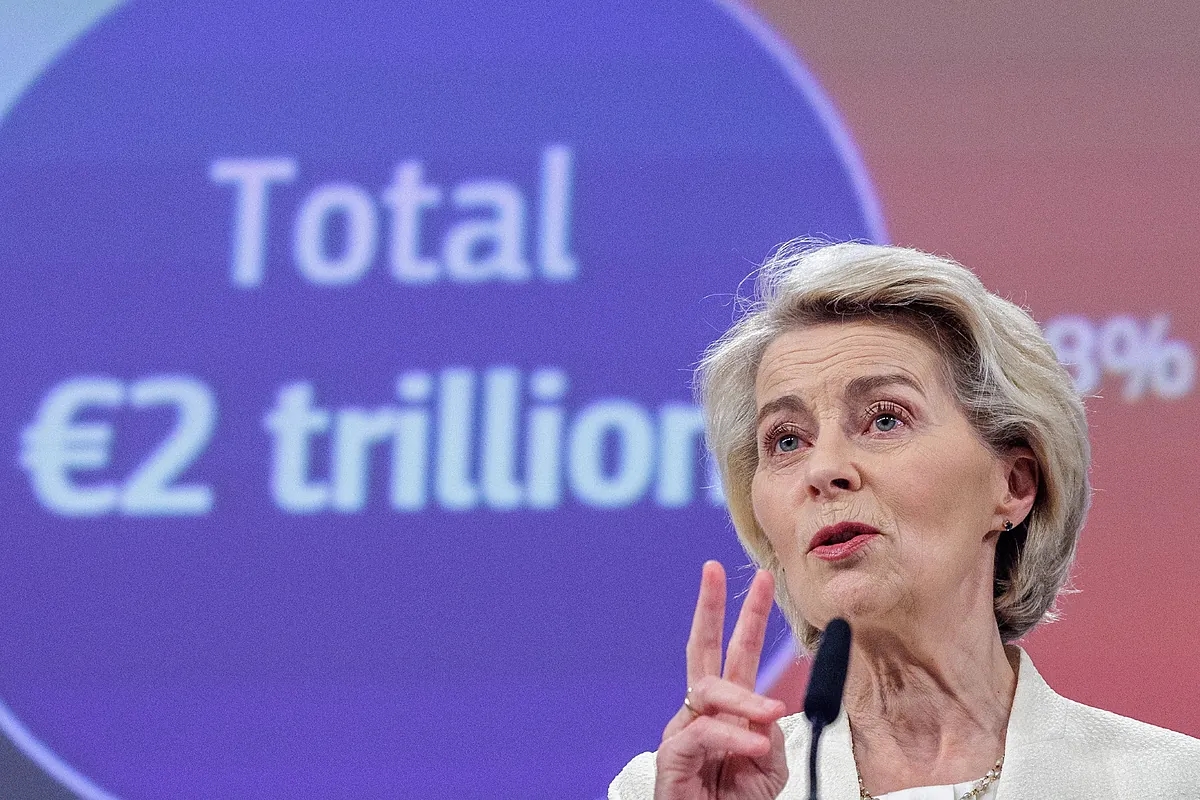Xi Jinping steals the spotlight at APEC summit after trade truce with the United States

At the recent APEC summit in South Korea, Chinese President Xi Jinping became the center of attention by presenting himself as the guarantor of free and open trade, following a fragile trade truce with the United States. The meeting, which brought together leaders from the 21 economies that make up the Asia-Pacific Economic Cooperation forum, took place in the historic city of Gyeongju and was a key forum for analyzing the direction of global trade.
The agreement between Xi Jinping and Donald Trump , reached just before the US president left South Korea and missed the two-day summit, aims to reduce the escalating trade tensions that have shaken global markets. While a limited step, it has helped to defuse the tariff disputes that have affected the world's major economies and Asian countries dependent on trade with China and the United States.
During his address to the leaders gathered at APEC, Xi Jinping stressed the need to protect the rules of global trade and foster economic cooperation among member countries. “Changes unseen in a century are accelerating around the world. The rougher the seas, the more we must unite,” the Chinese leader noted, emphasizing the importance of regional collaboration in addressing economic and geopolitical challenges.
Despite its conciliatory rhetoric, many Asian countries remain skeptical about China's intentions, given its dominant role in the manufacturing sector, its use of export controls, and its defensive posture in the region. The international community continues to watch closely how Beijing will balance its economic leadership with transparency and multilateral trade rules.
Although Donald Trump did not attend the summit, the United States was represented by Treasury Secretary Scott Bessent , who reiterated that Washington seeks to "rebalance its trade relations to build a stronger foundation for global growth." The US approach aims to ease tensions generated by tariffs imposed in previous months and seek common ground with partners affected by these policies.
The International Monetary Fund (IMF) adjusted its global growth outlook following the tariff announcements in April, but more benign-than-expected conditions have allowed it to revise projections upwards, reflecting the markets' ability to adapt to the volatility of the trade war.
One of the most anticipated moments of the summit was the bilateral meeting between Xi Jinping and Sanae Takaichi , Japan's newly appointed prime minister. Both leaders agreed on the importance of advancing their relations, although they acknowledged historical tensions and new frictions stemming from Takaichi's nationalism and hardline security policies.
Japan has recently accelerated its military deployment to counter China's territorial ambitions and hosts the largest concentration of US troops abroad. Furthermore, issues such as the detention of Japanese citizens in China and restrictions on imports of Japanese goods are expected to be sensitive points on the bilateral agenda.
Another notable meeting was that between Xi Jinping and Canadian Prime Minister Mark Carney , who is seeking to resume and expand trade relations with China after years of tension and a marked distancing from the United States. Carney indicated that Ottawa aims to double its non-U.S. exports over the next decade , recognizing China as Canada's second most important trading partner.
The rapprochement with Canada reflects China's strategy of consolidating relations with countries seeking to diversify their markets and reduce their dependence on trade with the United States, strengthening its position within APEC and in global trade.
Xi Jinping's active participation in the summit and his bilateral meetings with Japan and Canada demonstrate China's intention to lead regional trade and project stability after months of trade uncertainty. As the measures agreed upon with the United States are implemented and ties with other trading partners are strengthened, China seeks to consolidate its position as a reliable and central player in the Asia-Pacific region's economic dynamics.
Although the truce with the United States is fragile and risks still persist, Xi's strategy of combining diplomacy, trade openness, and regional cooperation could mark a shift in the global economic balance in the coming years, strengthening China's influence in international trade and emerging markets.
La Verdad Yucatán





